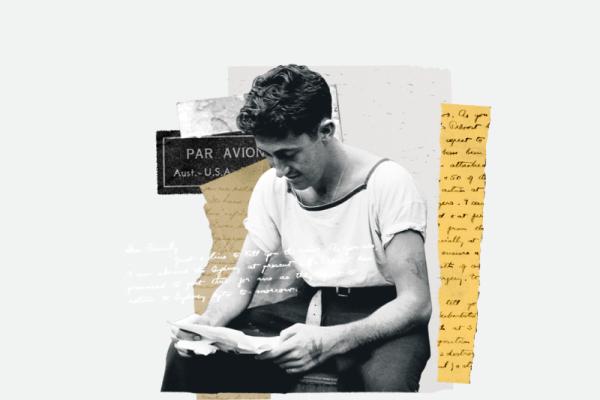Home
2024 Royal Visit
More than 4,000 people turned out to see King Charles III and Queen Camilla during their recent visit to the Australian War Memorial.
Commemorative Entrance opened to the public
The Commemorative Entrance has re-opened to the public for the first time since 2021.
All visitors will now enter the Memorial through this entrance, accessible from the east and west grounds.
Learn about the development
Plan your visit
The Australian War Memorial is open to the public.
Visitors require timed tickets to enter the Memorial, and also to attend the daily Last Post Ceremony at 4:30 pm in the Commemorative Area.
Access to the Memorial entrance and visitor carpark is via Fairbairn Avenue.
School and school aged group bookings
Remembrance Day 2024
On Monday 11 November at 10.40 am, the Remembrance Day National Ceremony will return to the Parade Ground of the Australian War Memorial.
Tickets are required to attend this event.
Transcribe
The Memorial has launched a new online platform, Transcribe. Help preserve Australia's history by transcribing records from the National Collection.
Indigenous service
Explore a selection of resources related to the wartime experience of Aboriginal and Torres Strait Islander peoples.
Please be advised that the following pages contain the names, images and objects of deceased people.
The Memorial is seeking permission from the copyright holders to publish the collections listed below.
Jeannie Lister came across three silk embroidered postcards that caught her eye. With her love of embroidery and an interest in family history, she immediately recognised them as First World War souvenirs sent home by soldiers on the front lines.
In 1914 the Australian government placed a call for volunteers to fight a predominantly European war in the interests of the British Empire. Indigenous Australians answered that call in numbers. In doing so, they faced challenges other Australian volunteers did not.








